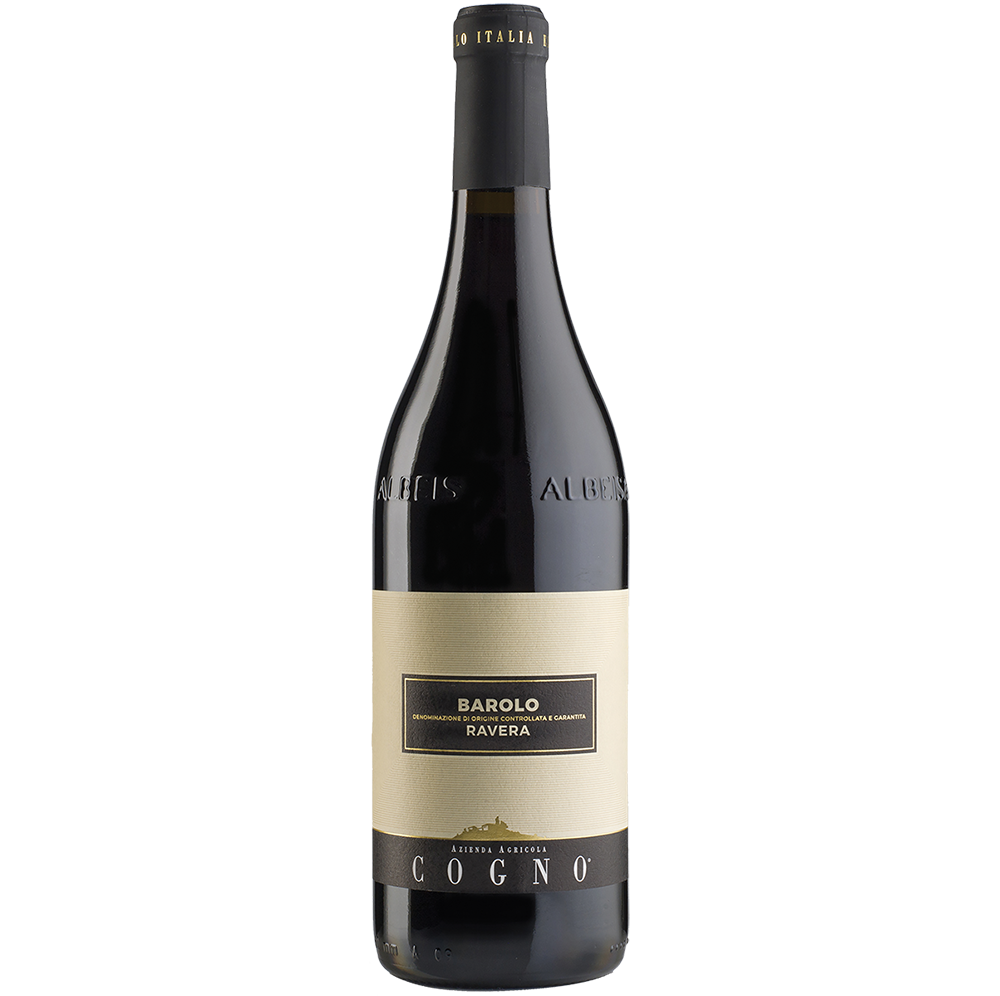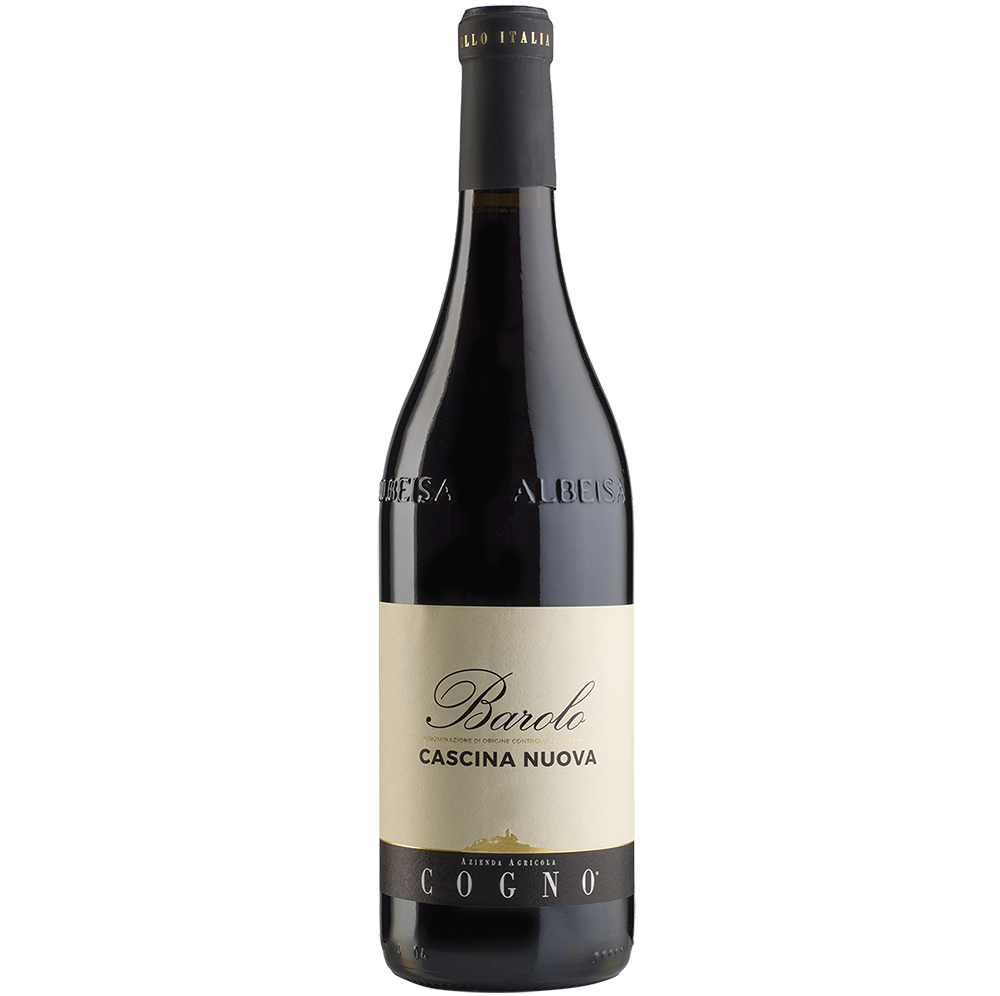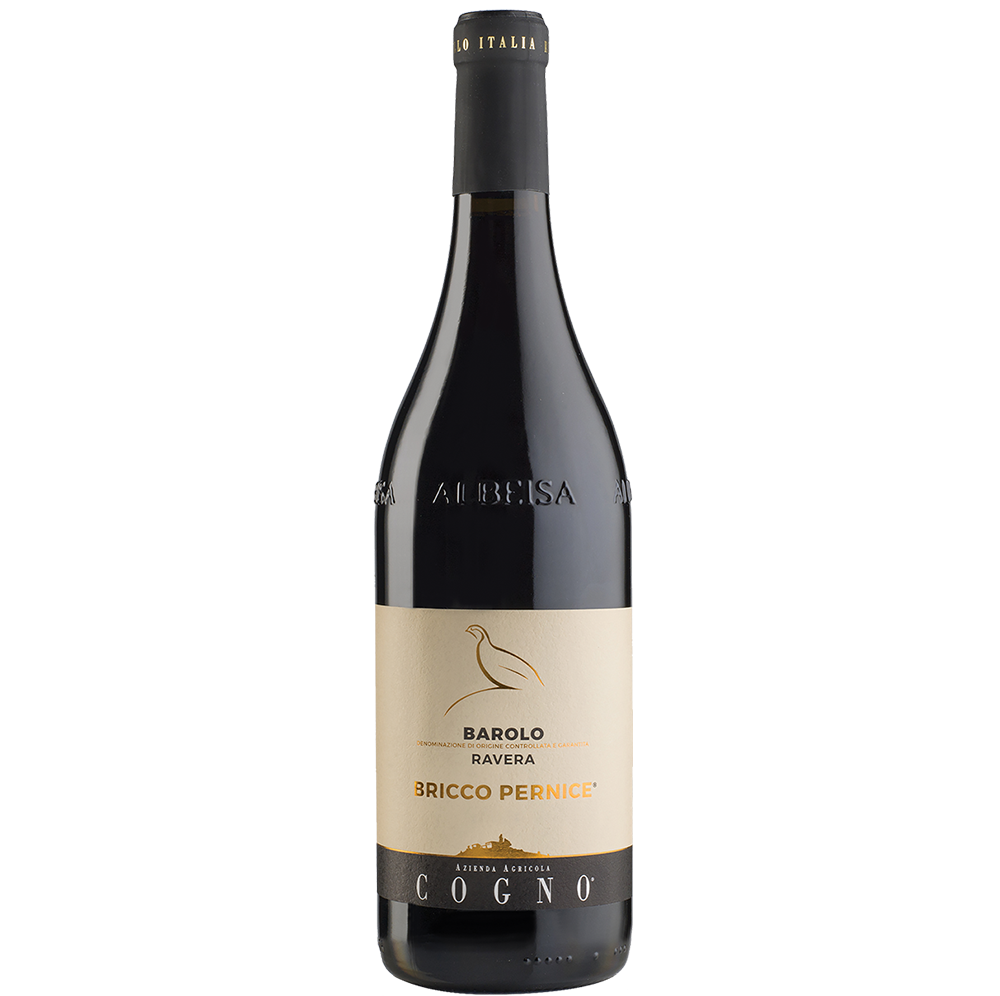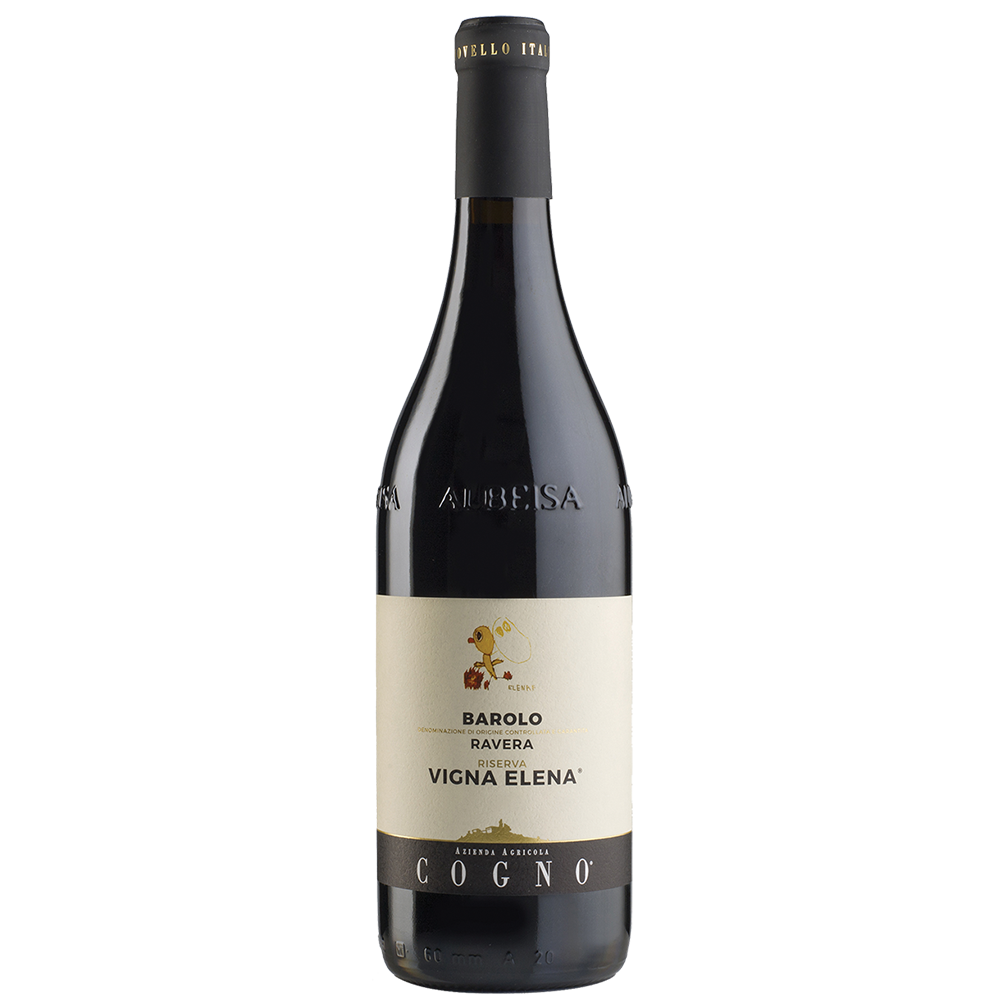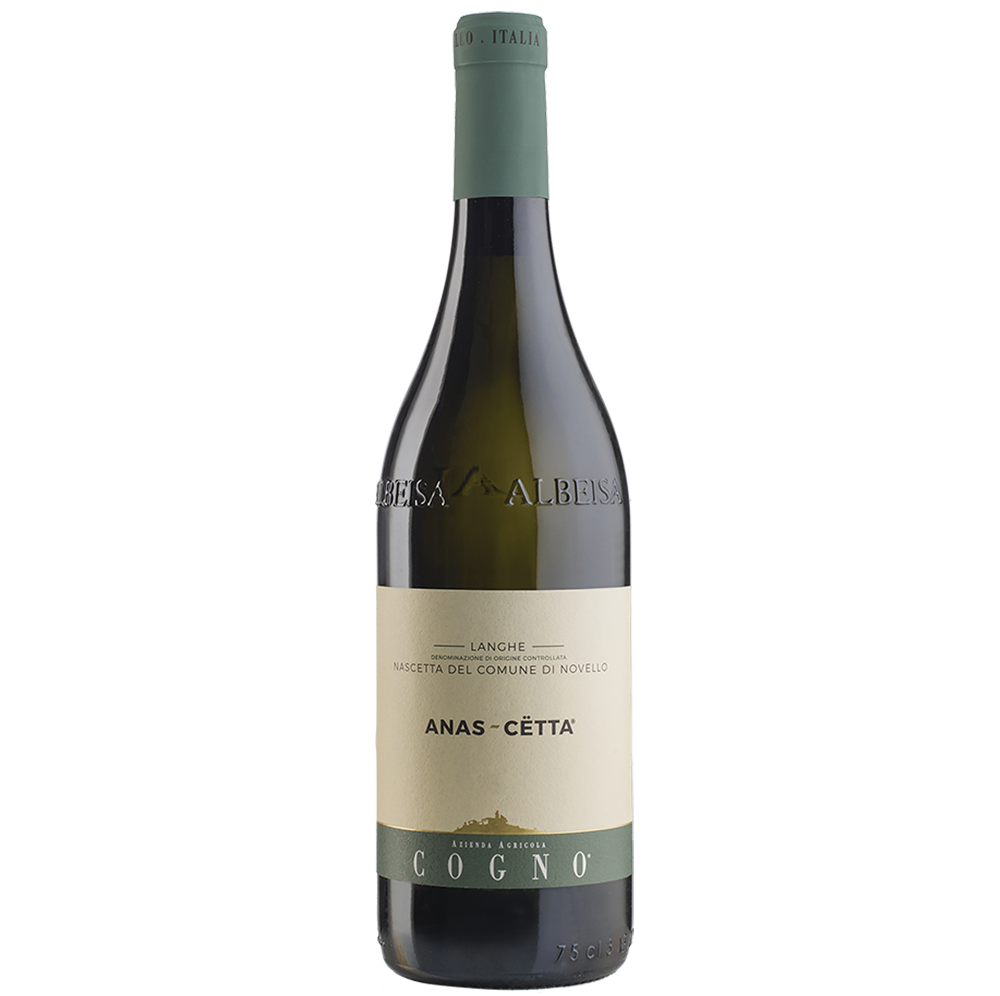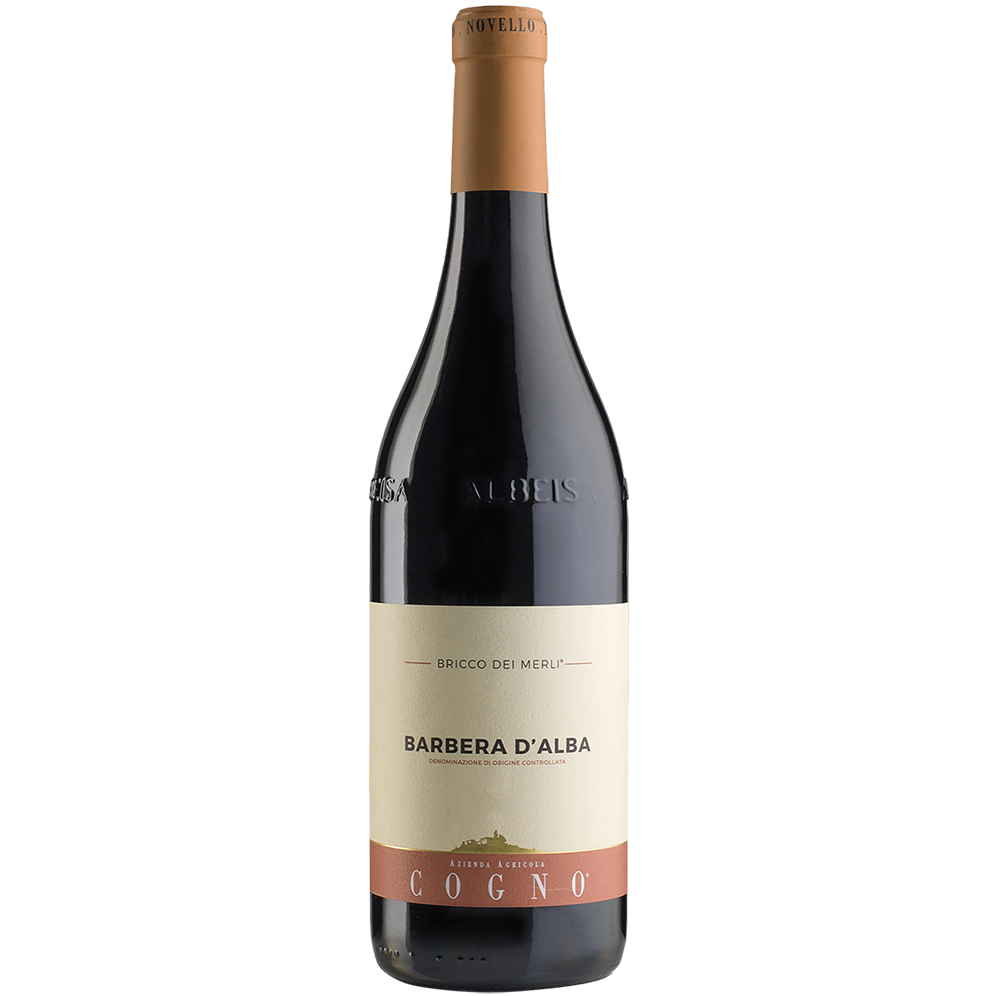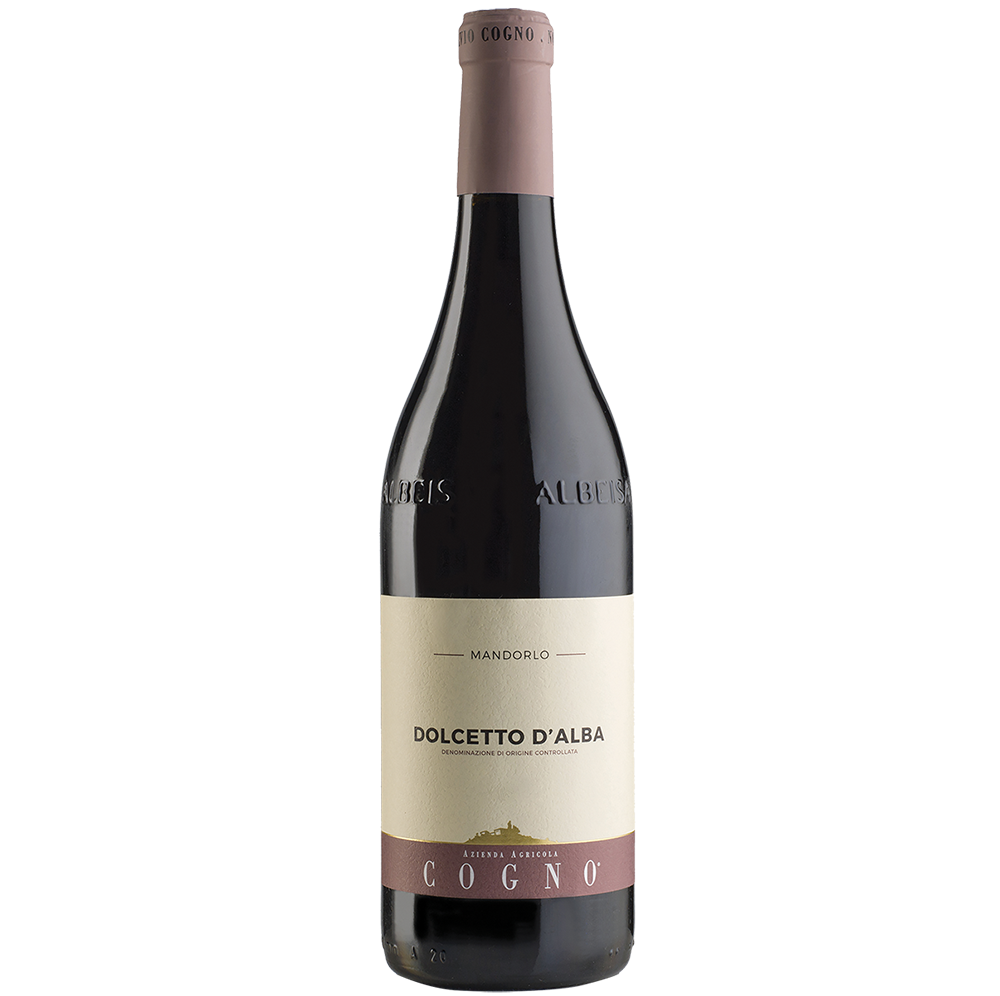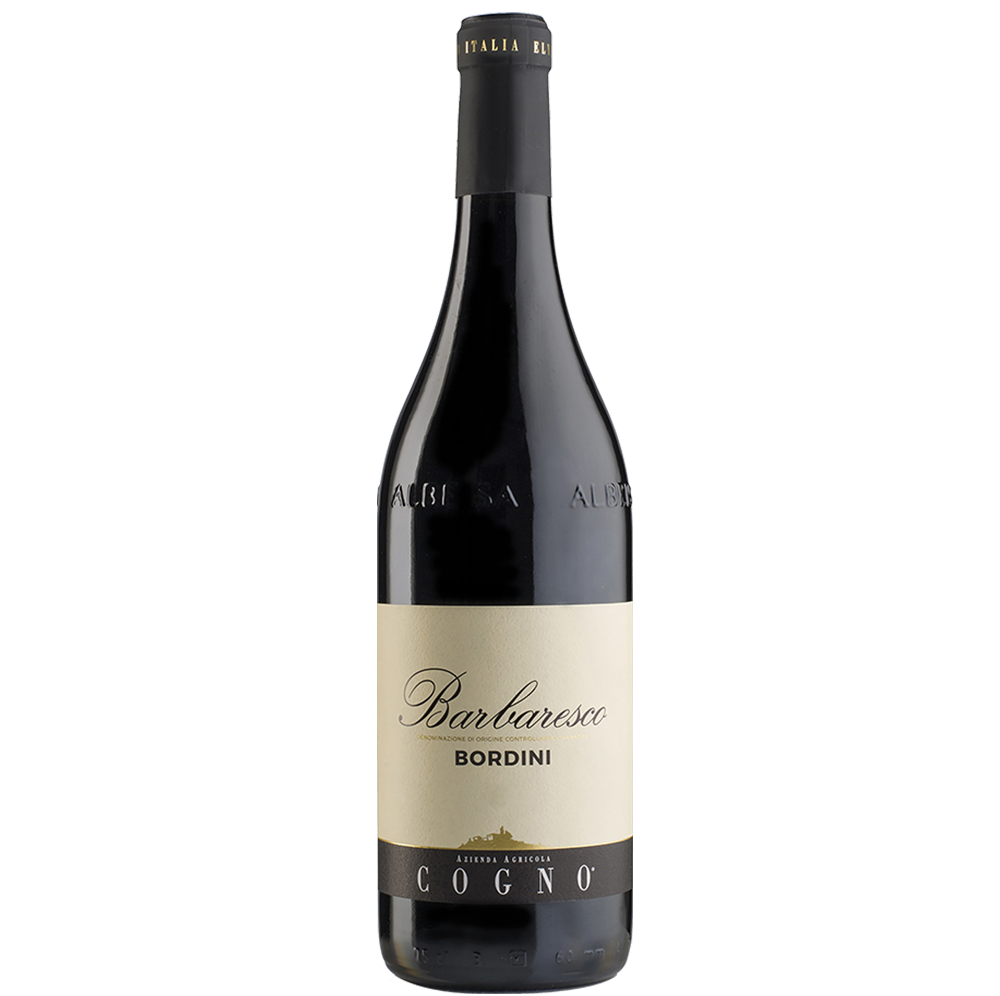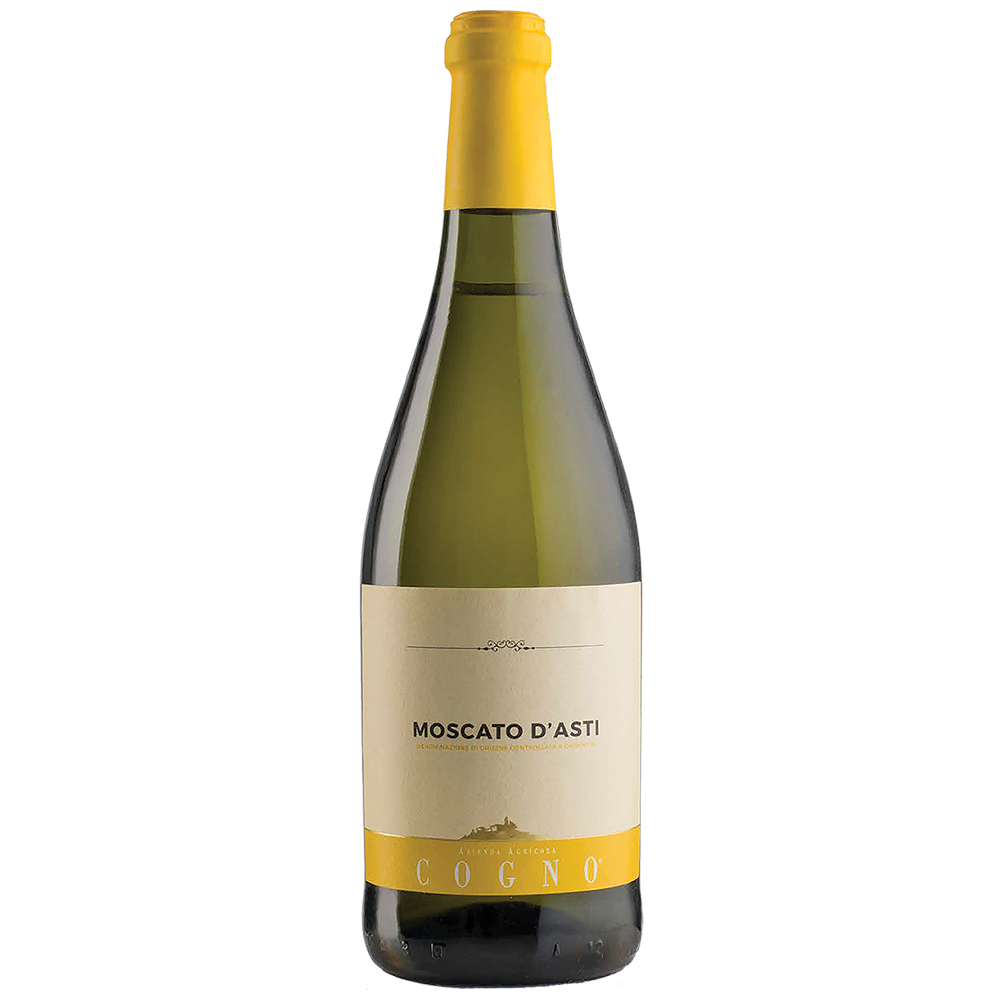Cogno
Piedmont, Italy
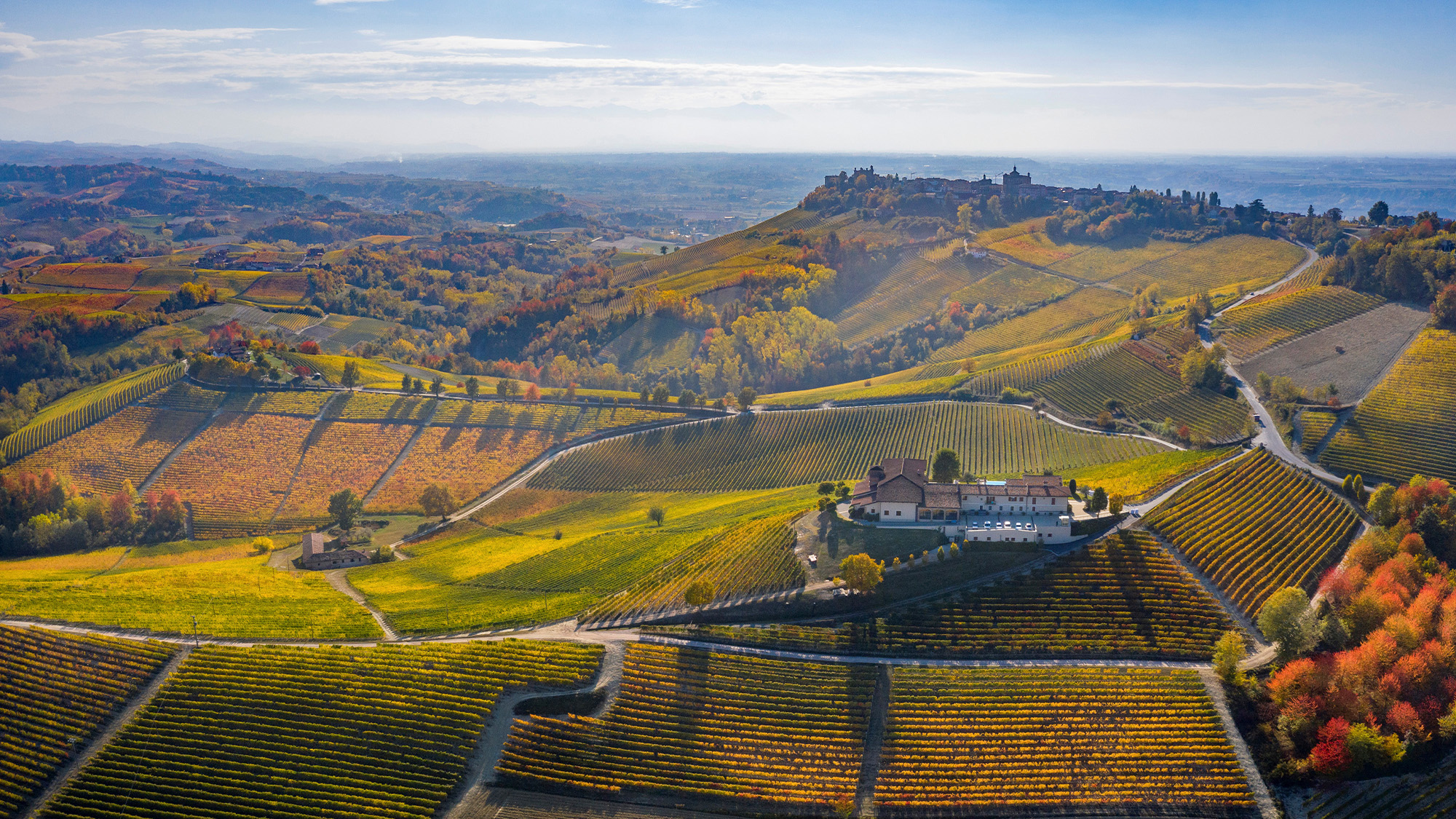
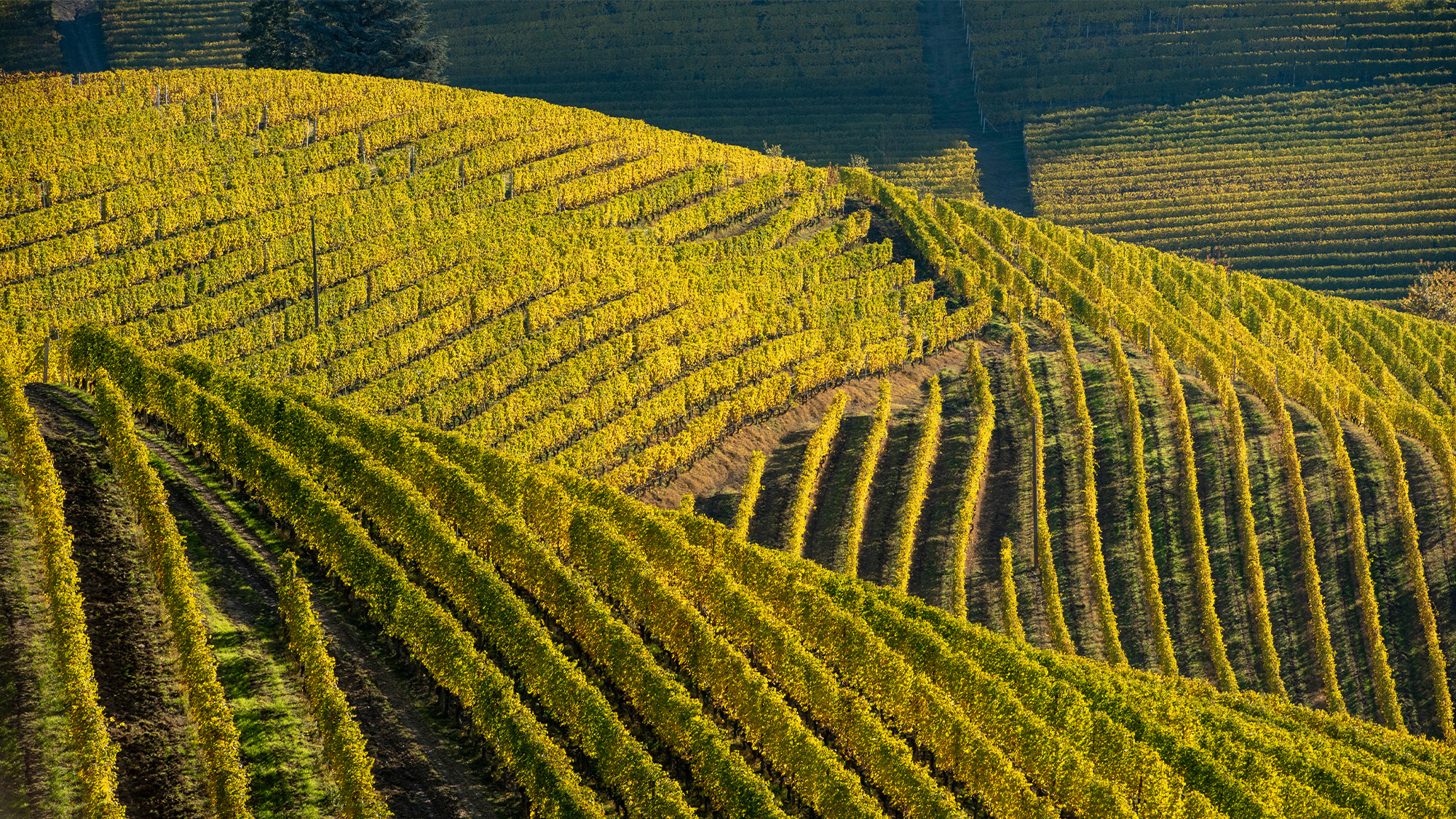
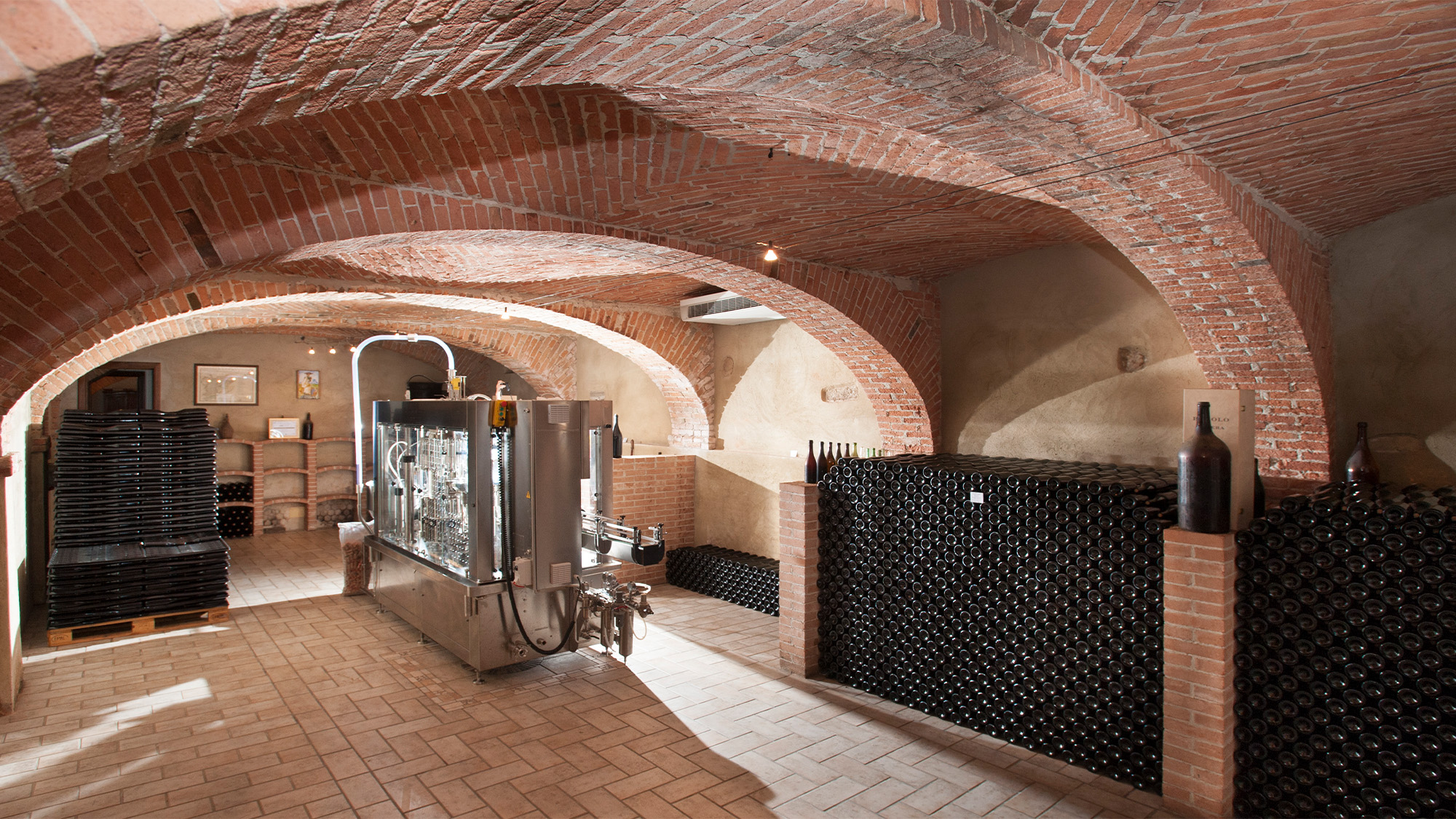
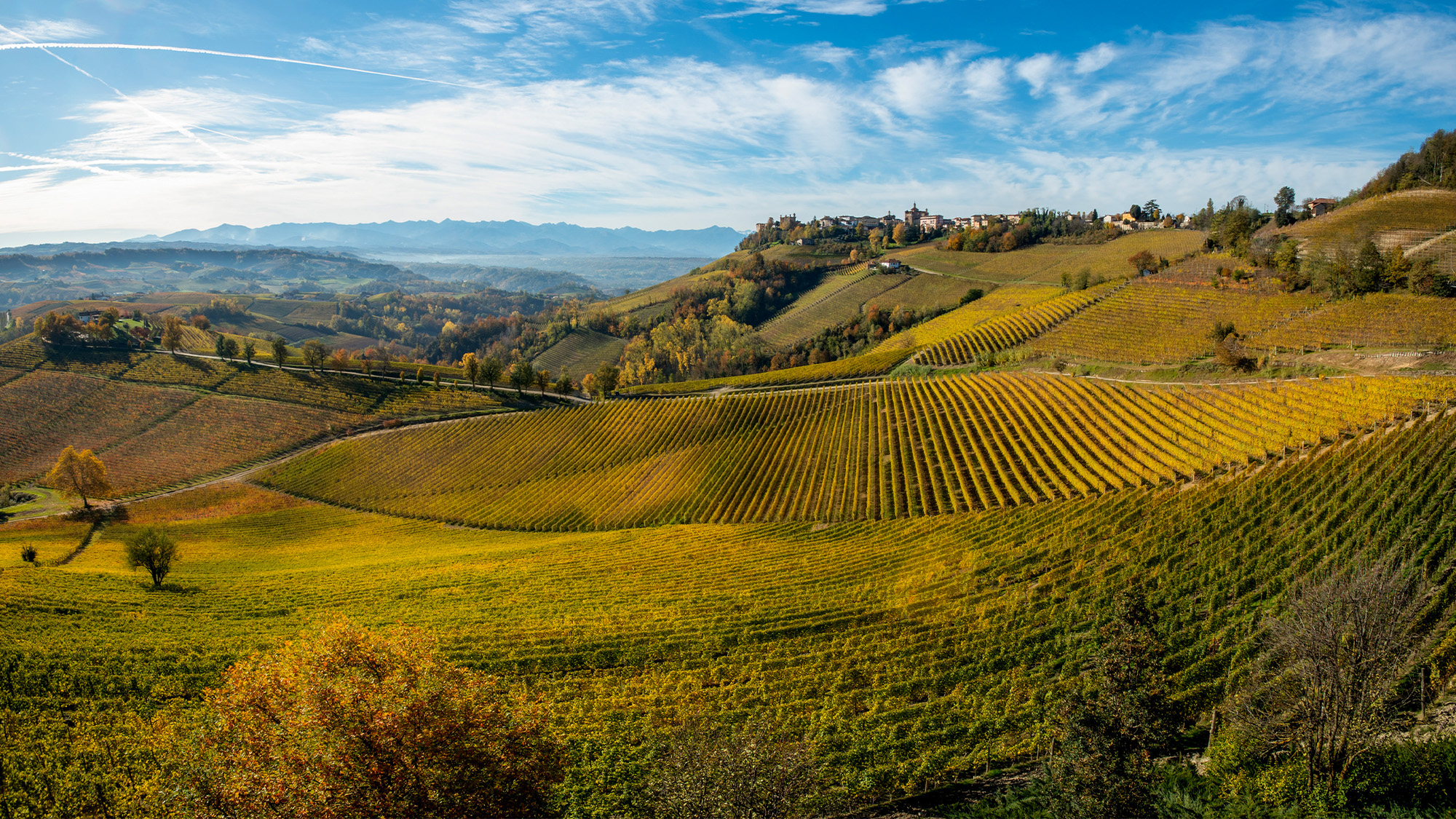

The Cogno family has been making wine for four generations in Piedmont. In 1990, Elvio Cogno left a long and fruitful partnership with the venerable Barolo producer Marcarini in La Morra and bought a splendid, historic 18th-century farmhouse on the top of Bricco Ravera, a hill near Novello in the Langhe area. For the next 20 years, he devoted himself to the winemaking traditions handed down to him by his father and grandfather. Elvio, in turn, has now passed the torch to his daughter, Nadia, and her husband, Valter Fissore, who had worked beside Elvio for 25 years. Cogno continues to produce elegant wines without altering the traditions, styles and flavors of the Langhe, with its breathtaking quilted landscape and unique grape varieties.
Winery Story11 Results
Barolo DOCG
Ravera Barolo DOCG
Barolo DOCG
Cascina Nuova Barolo DOCG
Barolo DOCG
Bricco Pernice Ravera Barolo DOCG
Barolo DOCG Riserva
Vigna Elena Ravera Barolo Riserva DOCG
Langhe DOC
Anas-Cëtta Nascetta del Comune di Novello Langhe DOC
Langhe DOC
Montegrilli Nebbiolo Langhe DOC
Barbera d'Alba DOC
Bricco dei Merli Barbera d’Alba DOC
Barbera d'Alba DOC
Pre-Phylloxera Barbera d’Alba DOC
Dolcetto d'Alba DOC
Mandorlo Dolcetto d’Alba DOC
Barbaresco DOCG
Bordini Barbaresco DOCG
Moscato d'Asti DOCG
Moscato d’Asti DOCG


